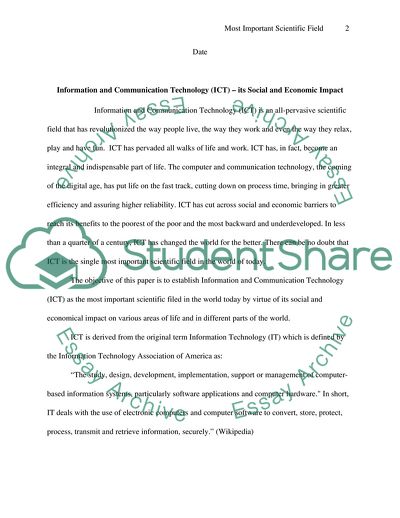Cite this document
(The Computer and Communication Technology Case Study, n.d.)
The Computer and Communication Technology Case Study. Retrieved from https://studentshare.org/information-technology/1707930-what-is-the-most-important-scientific-field-in-the-world-today-what-socia-land-economic-impact-has-this-field-had-world-wide
The Computer and Communication Technology Case Study. Retrieved from https://studentshare.org/information-technology/1707930-what-is-the-most-important-scientific-field-in-the-world-today-what-socia-land-economic-impact-has-this-field-had-world-wide
(The Computer and Communication Technology Case Study)
The Computer and Communication Technology Case Study. https://studentshare.org/information-technology/1707930-what-is-the-most-important-scientific-field-in-the-world-today-what-socia-land-economic-impact-has-this-field-had-world-wide.
The Computer and Communication Technology Case Study. https://studentshare.org/information-technology/1707930-what-is-the-most-important-scientific-field-in-the-world-today-what-socia-land-economic-impact-has-this-field-had-world-wide.
“The Computer and Communication Technology Case Study”. https://studentshare.org/information-technology/1707930-what-is-the-most-important-scientific-field-in-the-world-today-what-socia-land-economic-impact-has-this-field-had-world-wide.


